Mitigating antibiotics use in the livestock industry
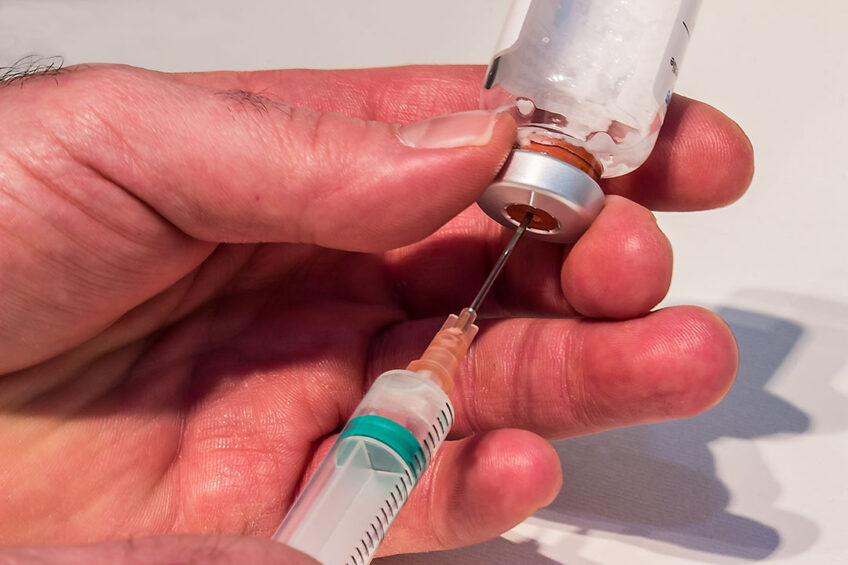
As the food animal industry moves away from the prolific use of antibiotics for growth promotion and disease prevention, it is imperative that we embrace alternative approaches to maintain a safe supply of food for consumers and sustain high standards of animal health and welfare.
In response to increased demands for animal protein and by-products, there has been a significant rise in antibiotics use in the livestock industry. Antibiotics are extensively used to prevent, control, and treat disease in animals. In addition, in-feed supplementation with antibiotics became a common practice for growth promotion and disease prevention in food animals. The administration of antibiotics at low doses for extended duration has been linked to the global health crisis of antibiotic resistance. As a result, the pathogenic-resistant organisms propagated in food animals could be widely disseminated in fresh meat products and the commensal bacteria found in fresh meat products may serve as reservoirs for resistant genes that could potentially be transferred to pathogenic organisms in humans. Therefore, a wide variety of methods has been used by researchers in various disciplines to approach this problem. Multiple international jurisdictions have responded by restricting antibiotics use for these purposes and by requiring a veterinary prescription to use these drugs in food animals.
The effect of AR in food animals on public health
Antibiotic resistance in food animals have direct and indirect effects on human health. Direct effects are linked to contact with antibiotic-resistant bacteria from food animals. For example, exposure to farm animals treated with antibiotics causes increased risk of resistant colonisation or infection in humans. Consumption of food contaminated with antibiotic-resistant bacteria leads to an outbreak of resistant diarrhoeal disease and induces resistance in normal flora of the human gastrointestinal tract. Indirect effects are resulted from contact with antibiotic-resistant bacteria that have been spread to various components of the ecosystem (e.g., water and soil) because of antibiotic overuse in food animals. For example, antibiotic-resistant bacteria from animal waste used as fertiliser cause contamination of water supply and alterations in normal flora of the human gastrointestinal tract.
Guidelines and recommendations
Given the importance of antibiotic resistance as a public health problem, guidelines and recommendations are developed to limit antibiotic use in food animals. These recommendations aim to help preserve the effectiveness of antibiotics that are important for human medicine by reducing their unnecessary use in food animals. World Health Organization (WHO) recommends an overall reduction in the use of all classes of medically important antibiotics in food animals, replacement of excessive, medically non-rational use of antibiotics with medically rational use matched by effective disease preventive measures, and complete restriction of antibiotics use for growth promotion and disease prevention without diagnosis. Healthy animals should only receive antibiotics to prevent disease if it has been diagnosed in other animals in the same flock, herd, or fish population. Where possible, sick animals should be tested to determine the most effective and prudent antibiotic to treat their specific infection. Antibiotics used in animals should be selected from those WHO has listed as being least important to human health, and not from those classified as highest priority critically important. Antibiotics may only be used based on a diagnosis of the disease by a veterinarian or other animal health professional and only for authorised indications. Individual animals must be treated with the correct antibiotic dose and duration, and using antibiotics for group treatments, especially via feed must be avoided.
Best practices to mitigate antibiotic use in food animals
Strategies to reduce antibiotic use include documented diagnosis of the pathogen presence and selection of an antibiotic that is effective and thorough in eliminating infection. To end repeated trial-and-error batteries of antibiotics, the bacteria must be sensitive to the antibiotic prescribed. In addition, viral disease should never be confused with bacterial disease. Decreasing antibiotics use in disease prevention and growth promotion offers a great opportunity to reduce antibiotic use in food animals. Additionally, management strategies can be used to keep robust animals that may resist several infections, to reduce disease incidence and thus antibiotic use in food animals. These strategies include providing stringent controls on hygiene, population dynamics, feed quality, and environmental conditions to prevent or reduce stress, free access to clean drinking water, good air quality and adequate temperature, eradicating specific diseases, optimising nutrition to enhance natural immunity, feeding nutrient regimens as a preventive measure to lessen the consequences of abrupt changes in conditions for animals, breeding for genetically disease-resistant animals and biosecurity to protect food animals from infectious agents in general. On-farm biosecurity applies both within the flock and/or herd, like between age-categories of animals, as well as so called external biosecurity, that aim to protect the entire flock and/or herd from intrusion of infectious agents by wild birds, other animals, or humans. Finally, adequate vaccination programmes can protect the flock and/or herd from specific infections.
Antibiotic reduction and sustainable livestock production
Sustainable livestock production systems strike a balance between meeting the growing demand for animal products and reducing the negative side effects from the livestock sector to the minimum. Food and Agriculture Organization of the United Nations reported that the international food system of the second half of the 21st century is more sustainable than the food system of the late 20th or early 21st centuries. Any attempts to mitigate antibiotic resistance and to decrease unnecessary antibiotic use in food animal production contributes toward sustainable livestock production development.
Embracing alternative approaches
As the food animal industry moves away from the prolific use of antibiotics for growth promotion and disease prevention, it is imperative that we embrace alternative approaches to maintain and improve animal health. The need for antibiotic use in food animals is unlikely to be obviated totally, and strategies involving the prudent and judicious use of antibiotics can have a positive influence on the food animal industries. However, what is possible through the integrated use of strategies that are less dependent on antibiotics is an overall reduction in disease incidence. Ultimately, the hope is that the safety of the food supply will be improved by reducing the adverse consequences of antibiotic overuse, while maintaining high standards of animal health, welfare, production, and food quality.
 Beheer
Beheer


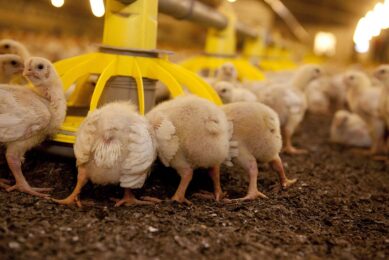
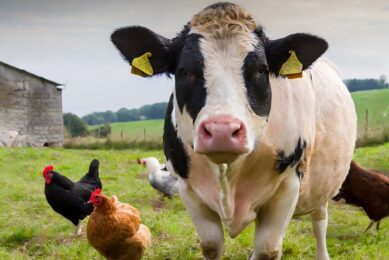
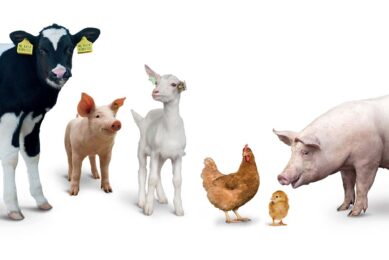
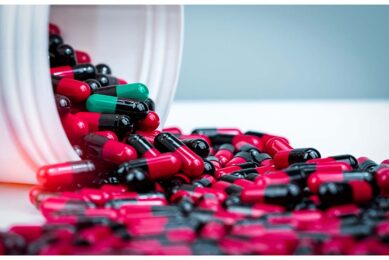
 WP Admin
WP Admin  Bewerk bericht
Bewerk bericht